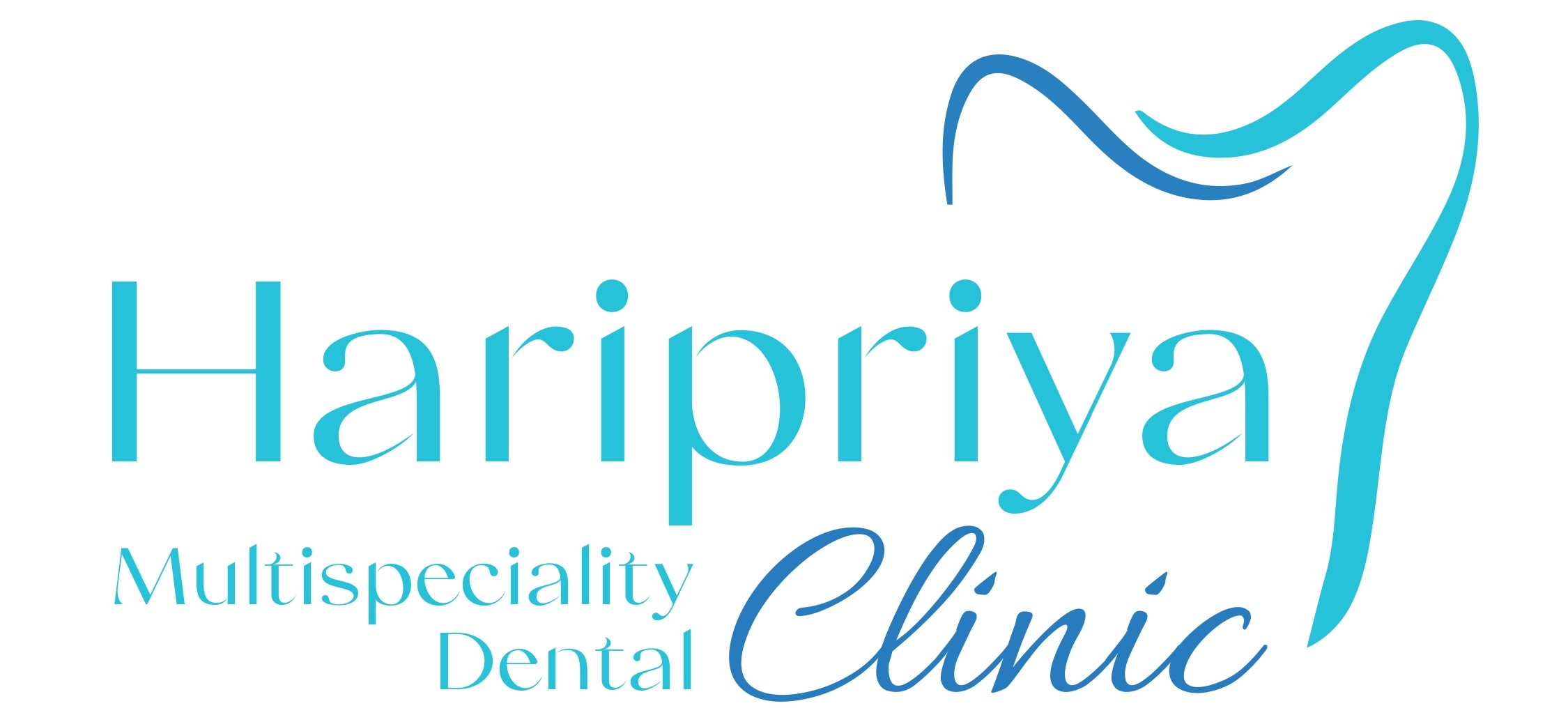Understanding Oral Lichen Planus: An Introduction
Oral Lichen Planus (OLP) is a long-term condition impacting the inside of your mouth. It appears as patches and may cause discomfort, though it isn’t infectious or hazardous. Medical attention can ease the symptoms.
It affects the lining of your mouth, featuring both visible and physical symptoms. Being aware and getting diagnosed early can help in minimizing the discomfort. In this blog, we will discuss the definition, causes, symptoms, diagnosis, and treatment options available for OLP. We’ll also touch upon potential complications and ways to manage living with it over the long term.
Staying informed can lead to better management and proactive care. Here, you’ll find everything you need to know about OLP and the steps for dealing with it effectively.
Definition and Varieties of Oral Lichen Planus
Oral Lichen Planus is known as a chronic inflammatory condition targeting the mucous membranes, primarily in the mouth. Though OLP can sometimes appear on other parts of the body, it most frequently shows up in your oral cavity.
There are two main types of OLP:
- Reticular Type: This type is identified by white, lace-like patches in the mouth. Generally, it is painless and may go unnoticed for those without discomfort.
- Erosive Type: This type is more severe. It entails painful, red, and swollen areas, sometimes progressing into open sores, which can cause significant discomfort.
Understanding which type you’re dealing with can influence your approach to management and treatment. Discussing symptoms and visual appearance with a healthcare professional can provide clarity about which form is affecting you.
Decoding the Causes of Oral Lichen Planus
The exact cause of OLP is still a mystery, but it appears to be linked to the immune system’s accidental attack on the cells in your mouth. Despite this immune response, it is essential to note that OLP is neither contagious nor can it be spread between individuals.
Several factors might contribute to its onset. Genetics or environmental triggers like stress, specific medications, or dental materials might play a role. Each case can be unique, with different potential provocations or combinations thereof.
Being aware of potential triggers and maintaining regular check-ups with healthcare providers can help in managing and possibly preventing severe flare-ups.
Recognizing Symptoms of Oral Lichen Planus
Some common symptoms of OLP include white patches inside the cheeks or red, swollen gums. People experiencing the erosive type might feel burning or pain, especially when consuming spicy or acidic foods.
It’s important to acknowledge that OLP’s symptoms can be inconsistent. They might come and go over time or remain constant in some cases. Others might not even realize they have it unless discomfort arises.
If you notice these signs, it’s wise to see your healthcare provider. Early evaluation can help in addressing symptoms and preventing potential complications.
Diagnosing Oral Lichen Planus
Healthcare professionals typically diagnose OLP through a physical examination. They look for common signs like white patches or red, inflamed areas in your mouth.
To confirm the diagnosis, a biopsy might be necessary. This involves removing a small sample of mouth tissue for further study. A biopsy helps rule out other conditions, ensuring you get the right treatment.
Sometimes, additional tests might be recommended. These ensure there aren’t underlying issues or similar conditions contributing to your symptoms.
Exploring Treatment and Management Options
Though OLP is not curable, you can manage its symptoms effectively. Oral Lichen Planus treatment home remedies like good oral hygiene are simple first steps. Practicing good oral care daily can lessen discomfort.
Medical treatments include topical corticosteroids, systemic medications, and specialized oral rinses. Regular dental check-ups help in monitoring the condition and catching any potential complications early.
Consider lifestyle changes too: – Avoid spicy or acidic foods, as they can exacerbate symptoms. – Manage stress, which might reduce flare-ups.
Integrating these adjustments can enhance comfort and promote an overall better quality of life.
Potential Complications and Long-term Outlook
While OLP is mostly manageable with treatment, an erosive type of OLP presents a slightly higher risk of developing oral cancer. This makes continuous monitoring by healthcare providers important.
Living with a chronic condition might also affect mental health, emphasizing the need for psychological support if needed.
Despite these concerns, proper management means living with OLP can still include a strong quality of life. Regular medical follow-ups ensure potential complications are addressed swiftly.
Conclusion
To sum up, Oral Lichen Planus is a manageable chronic condition of the mouth. Knowing oral lichen planus treatment home remedies and identifying symptoms early ensure better handling. If symptoms persist, consult a healthcare professional promptly.
By focusing on effective management strategies and regular monitoring, living with OLP doesn’t need to affect your peace or quality of life.
Visit Haripriya Multispeciality Dental Hospital for expert care and treatment options tailored to your needs. Take control of your oral health today!



